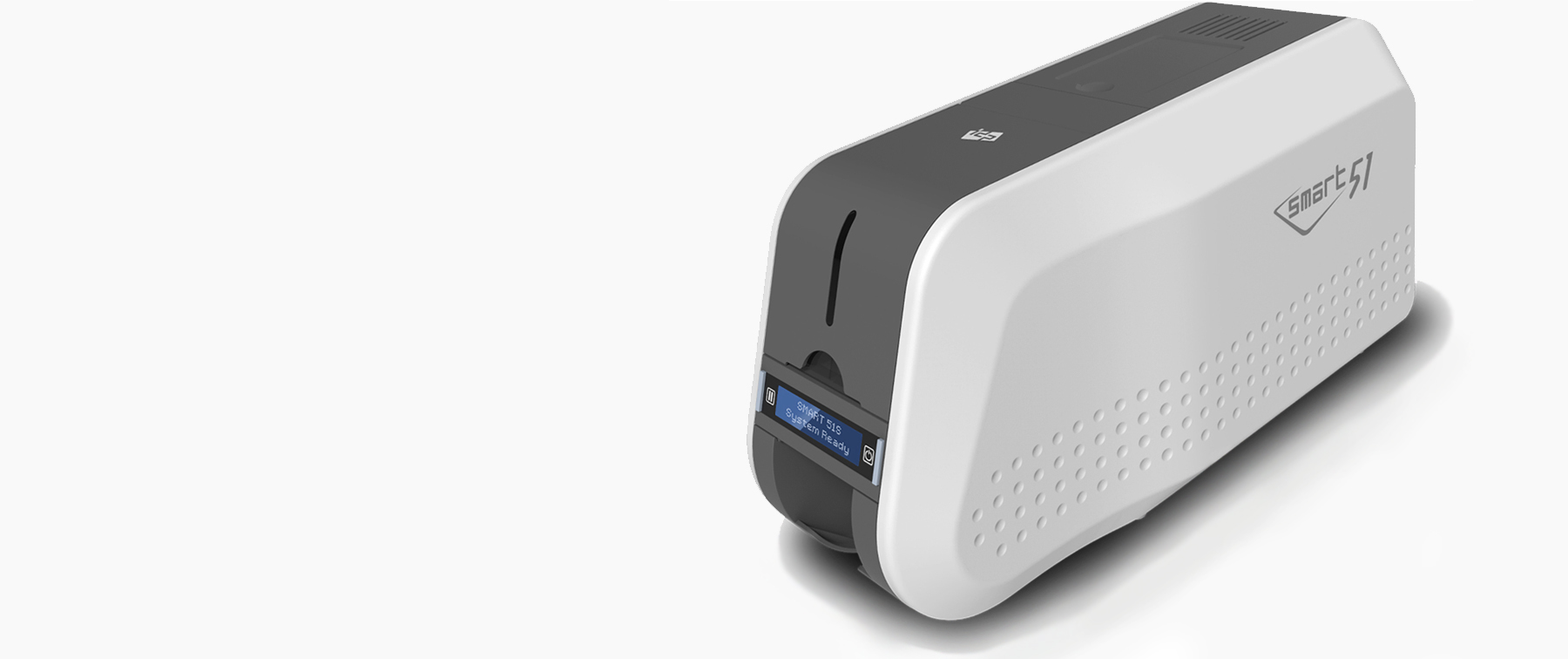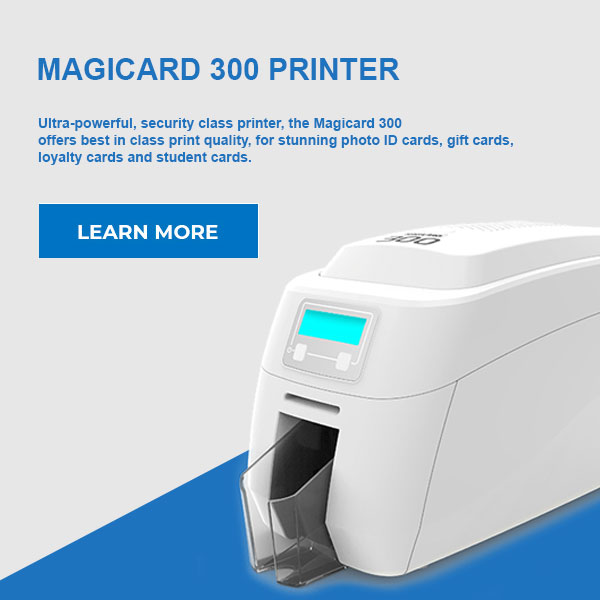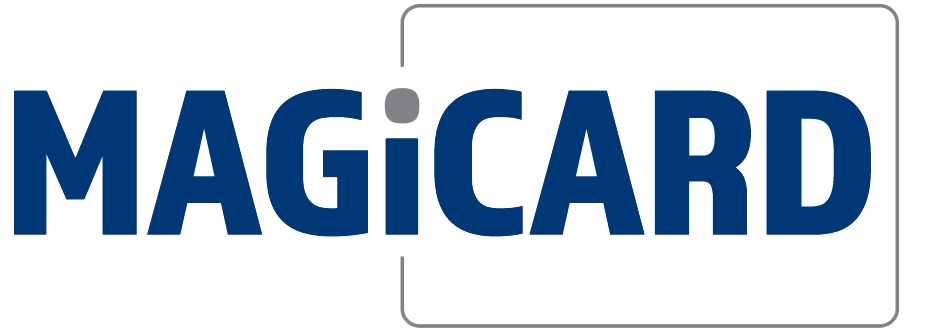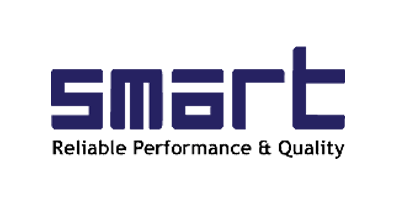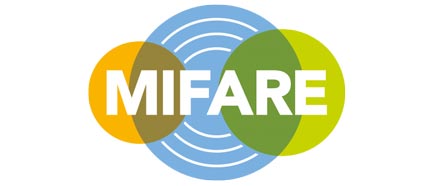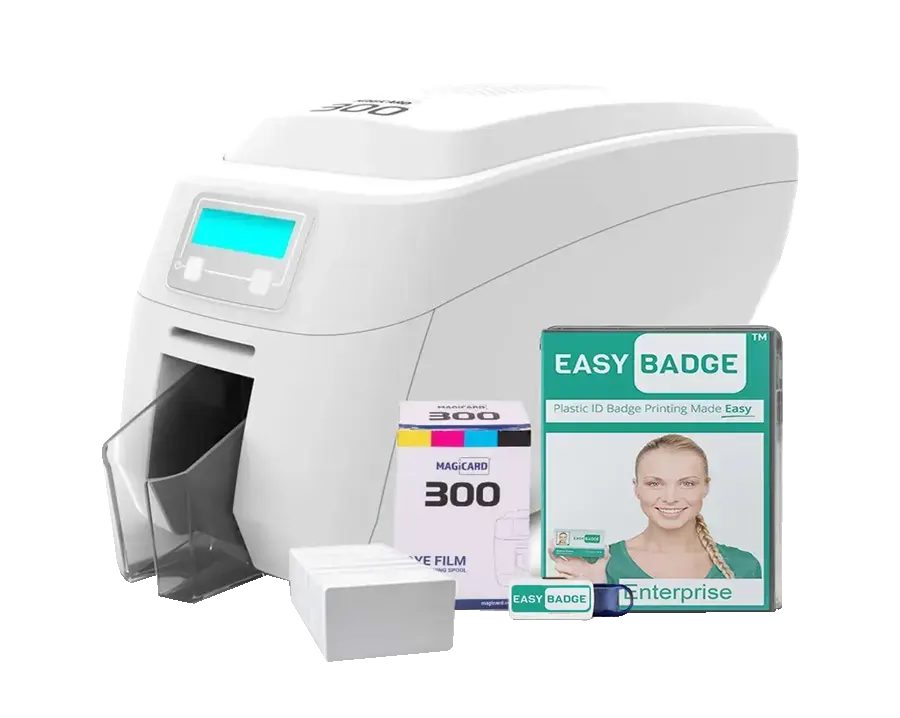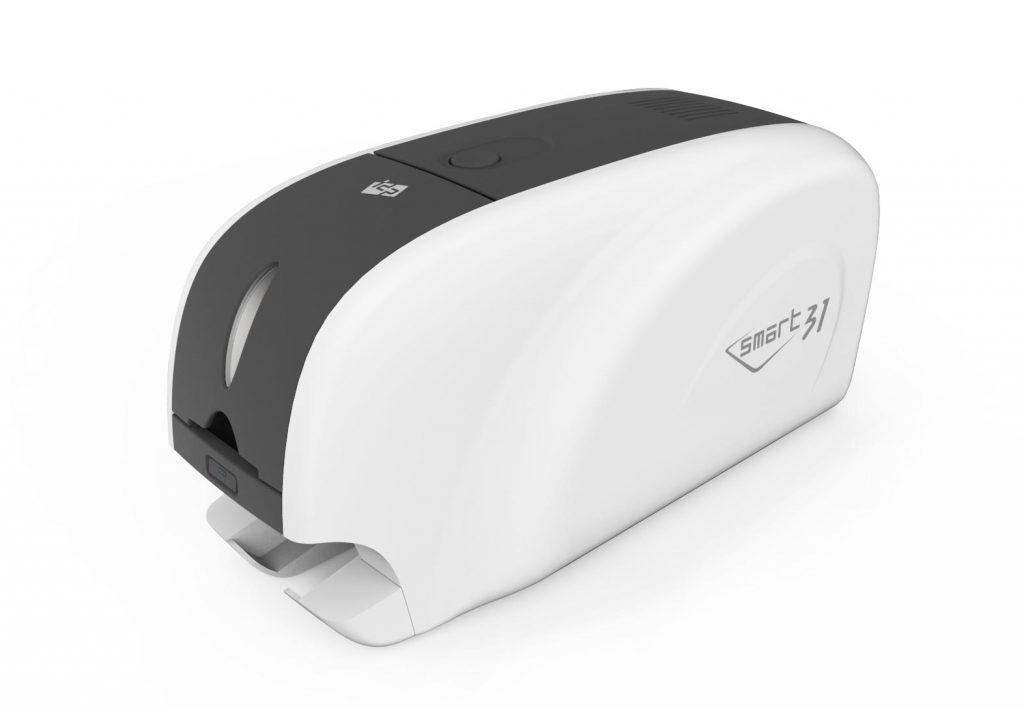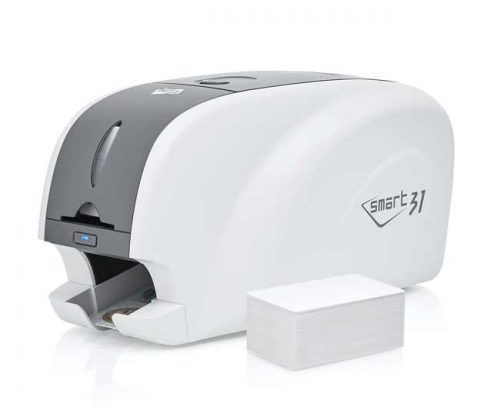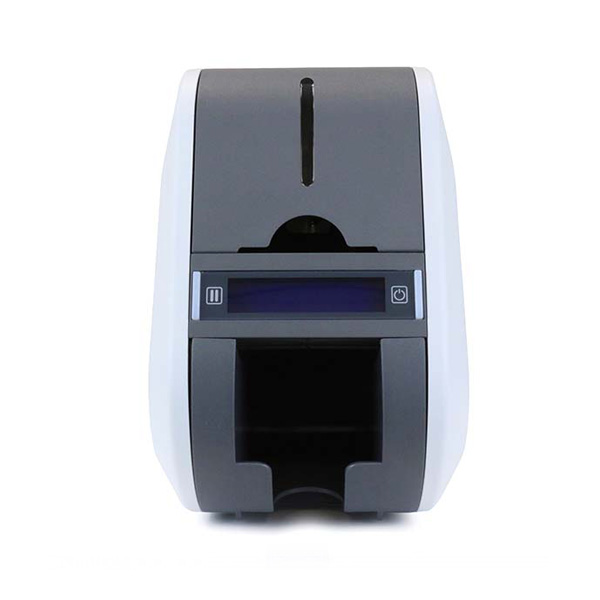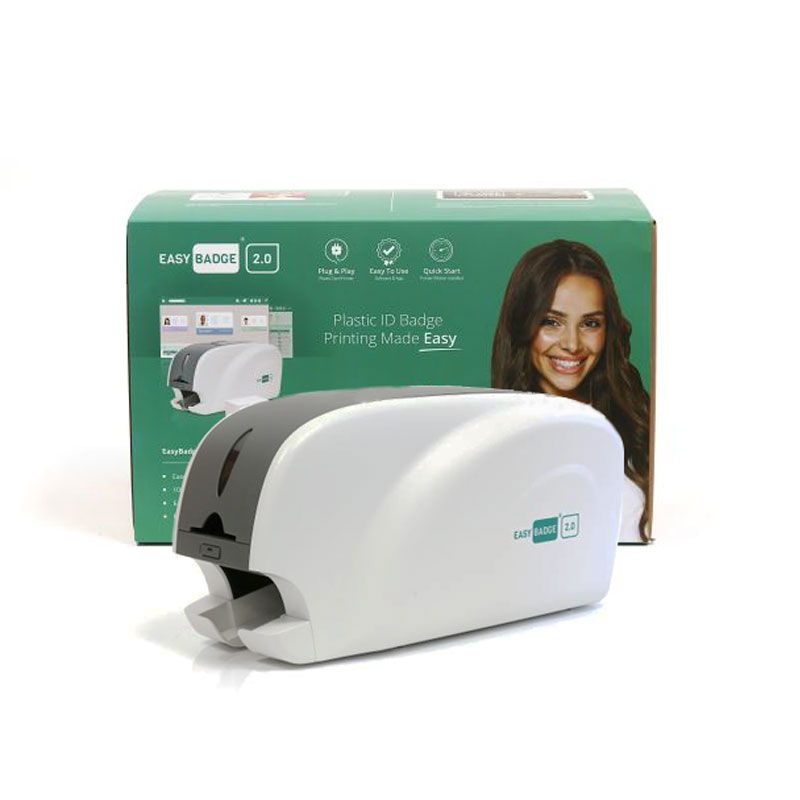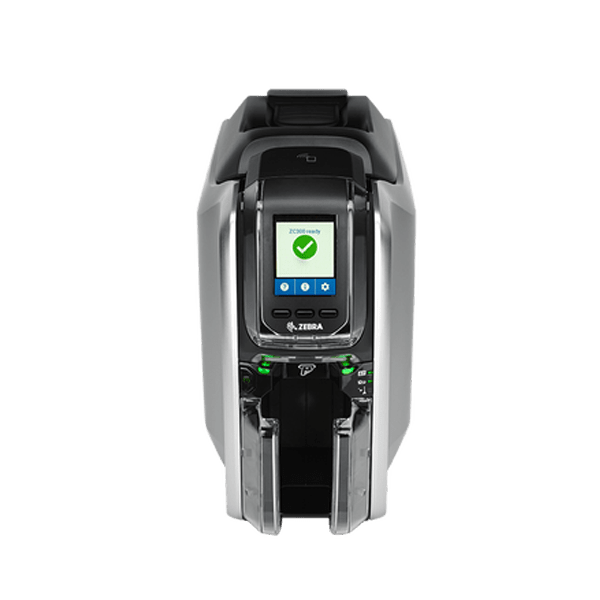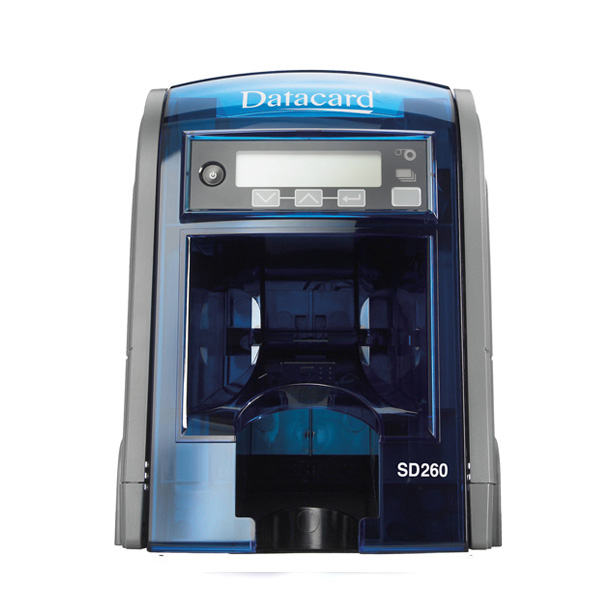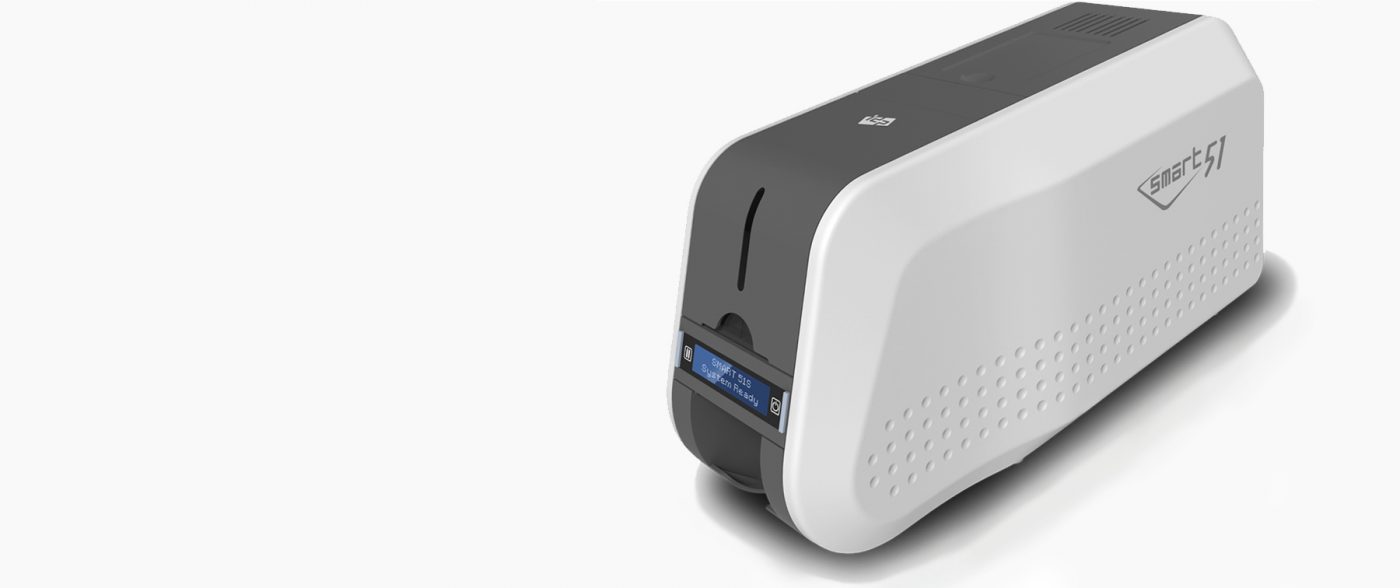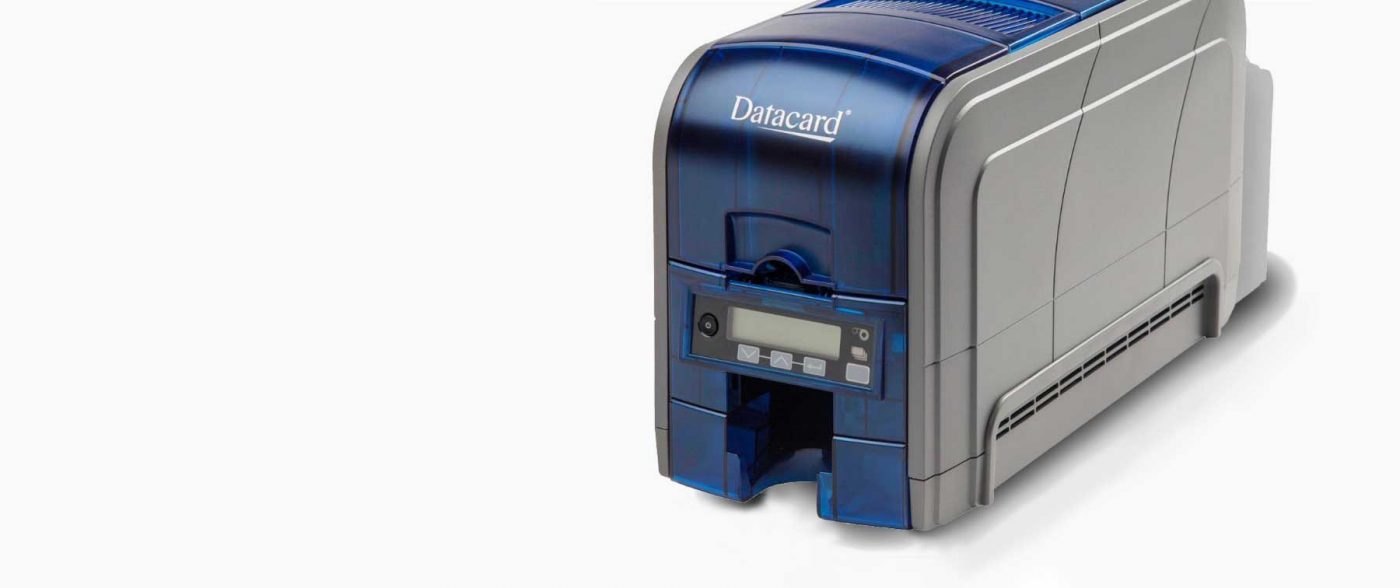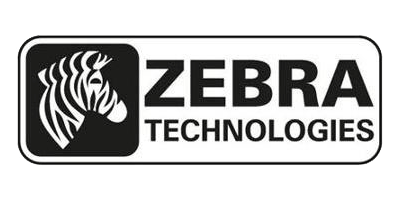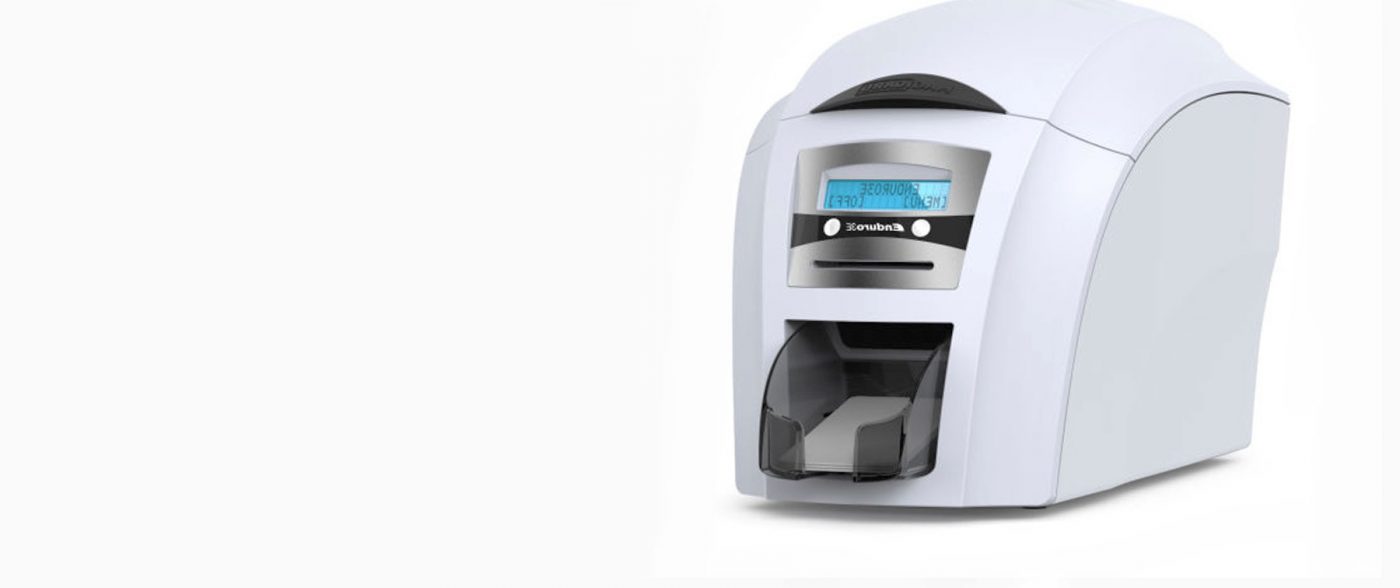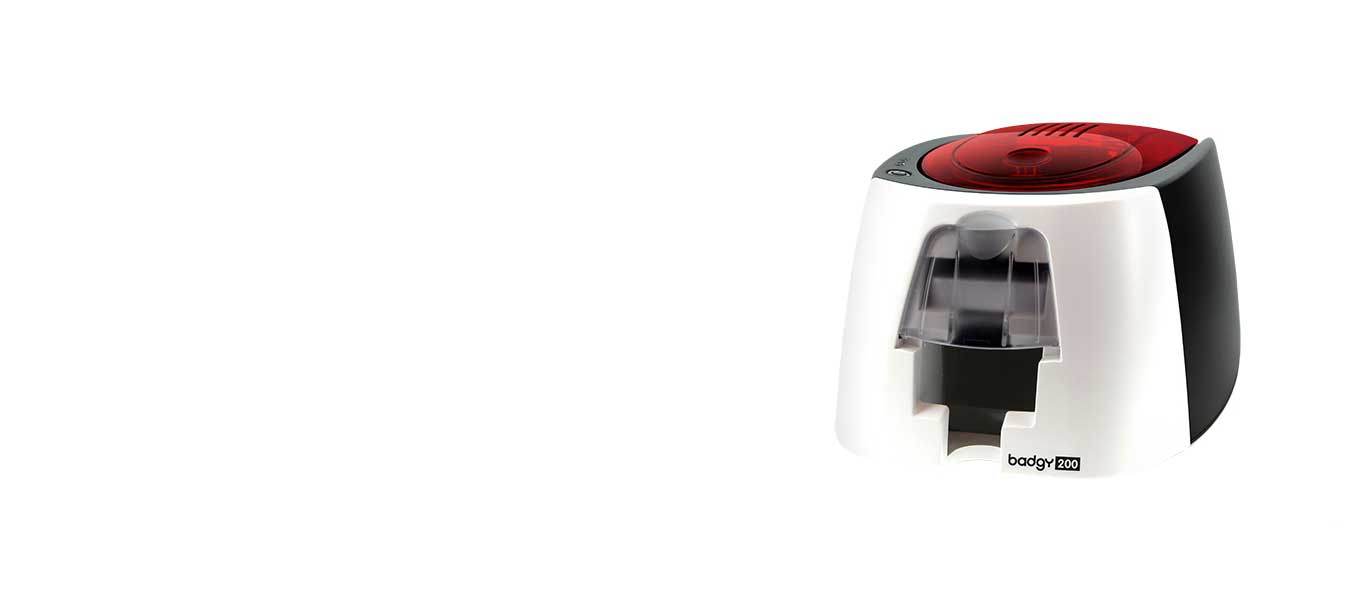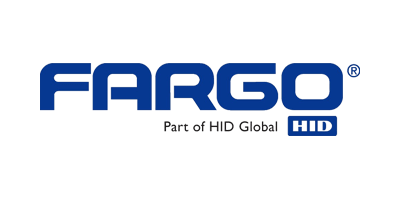Find your perfect ID Card Printer
With the rise in popularity of card printers comes a level of confusion. The sheer number of models, features and prices can be enough to make your head spin.
But, we’ve whittled it down to the essentials to keep in mind when you want to start your own ID Card program.
1) Single or Dual-Sided Printer
Most ID Card printers come with 2 base configurations – single or dual-sdied printing. At the risk of sounding obvious, if you only need to print on one side, a single-sided machine is the one for you.Bear, in mind if you need to print dual-sided cards you don’t definitively need a dual-sided printer, you can flip the card manually to print on the back. Dual-sided Id Printers just add a measure of convenience which is particularly useful for large print runs.
2) DTC or Reverse Transfer
This will largely come down to the print quality for your ID Cards.DTC (Direct to Card) are the cheapest and most common type of ID printer. They are fast and reliable with the caveat of a lesser print quality and a slight white border around the card edge.Retransfer printers offer a higher print quality and they will print over the edge of the card. Of course, they are more expensive but will ensure, you get HD ID cards with photorealistic quality.
3) Volume Requirements
If you need to print large volumes of ID cards, you’ll likely want a card with large input & output hoppers. The hoppers are the input and output casings for the card. Larger hoppers mean less work and more prints. 4) Security & Lamination Lamination can add additional security to your ID cards with holograms. These are usually reserved for institutions with sensitive information such as colleges or government bodies. Lamination is very useful for photo ID cards as it greatly prolongs the life of the card.
